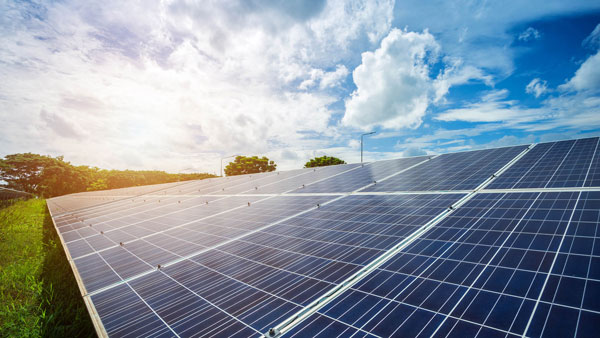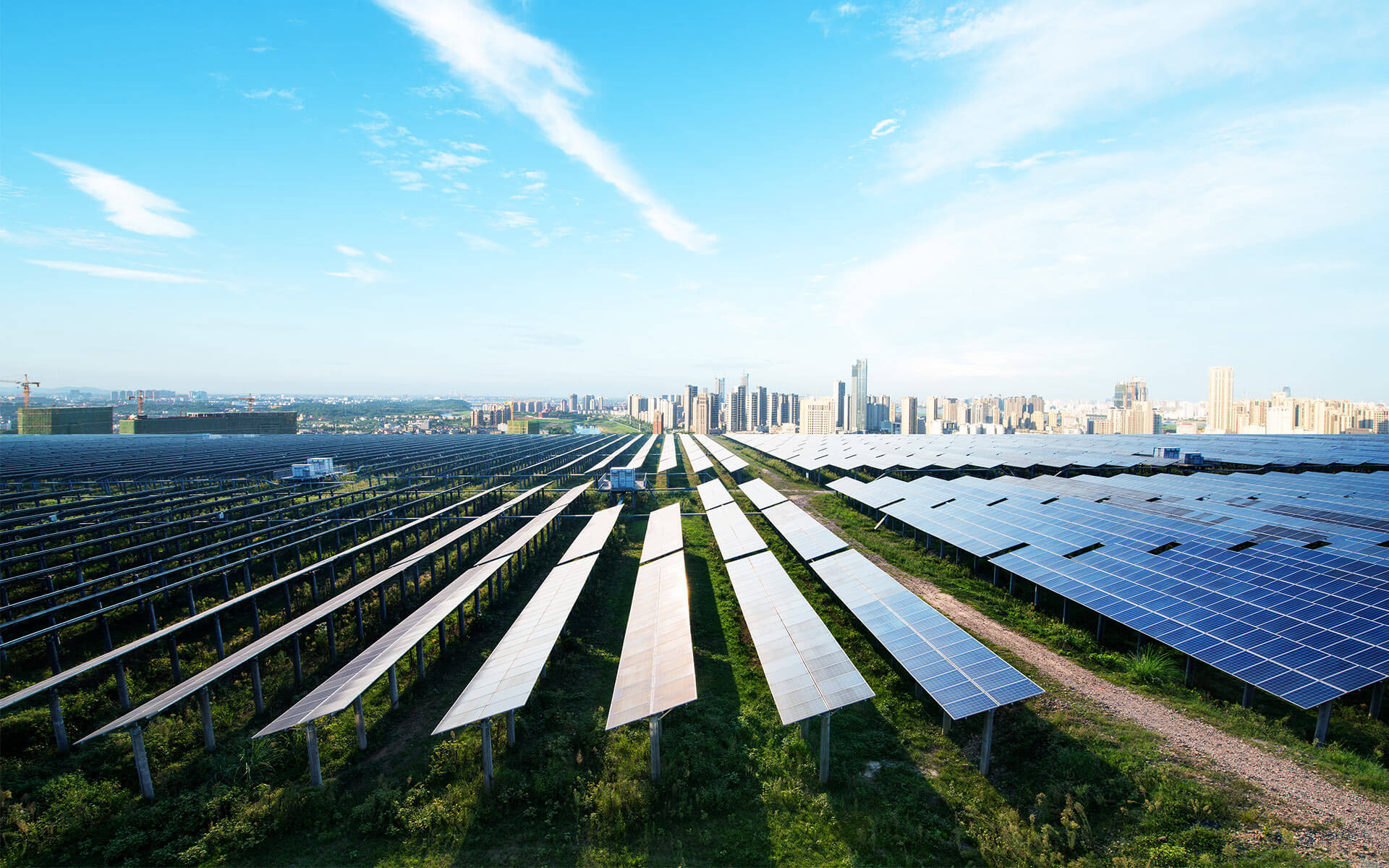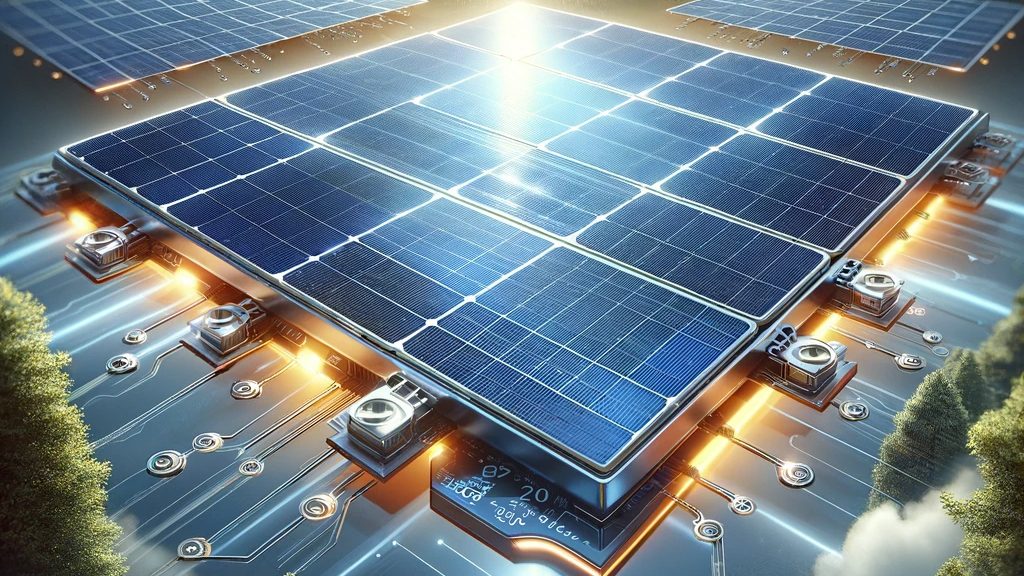Installation and Maintenance Costs
Some of the most common misconceptions about solar energy systems, especially photovoltaic systems, are their supposedly high initial and maintenance costs. These issues should be addressed directly with examples and actual experiences based on real-world data.
The cost of the initial installation indeed was too high, but nowadays, it is much lower. As of 2024, the average cost in the United States to install a 5 kW system is expected to be between $15,000 to $25,000 after federal tax credits. Commercial systems are admittedly much more expensive, and their installation often costs hundreds of thousands of dollars, but competition and improvements in the technologies of solar panels reduced their price steadily throughout the previous decade.
The maintenance costs are also minimal as the panels themselves and their mountings are designed to be weather-proof and are capable of withstanding even heavy rain or winds. The only regular maintenance task is to clean the panels, and the cost of an annual maintenance visit is usually $150 to $300. Given that, other costs of maintaining traditional sources of energy, are considerably higher.
Solar systems eventually pay themselves off, and the overall savings may be more than their initial installation. For example, a 5 kW system in an average state will reduce the electricity bill by 70 to 100 percent and thus would pay for itself in about five to six years, although the lifespan of the system is three times as long. Net metering, the possibility to sell surplus energy back to the city’s grid, would also significantly enhance these numbers.
Given practical examples attesting to the benefits of solar energy systems, a system will pay for itself in less than seven years, given that a homeowner in California uses a six kW system which costs $18,000 after rebates and tax credits. It will produce 9,000 kWh per year and save about $2,700 a year. Both of these results surpass the costs of delivery of traditional electricity sources.
Efficiency in Cold Weather
A widespread delusion about solar panels is the belief that they are in fact less effective or even ineffective in the cold. To the contrary, solar panels can be even more effective in the cold weather. A photovoltaic cell’s performance increases when its temperature is reduced. When a solar panel’s effectiveness is measured, it shows the number of sunlight-to-electricity energy conversions.
The lower temperatures can mean that the single most rated temperature for solar panels, 25°C, would be more effective. The panels’ electrical resistance is lower in low temperatures, meaning that the solar panels are converting the sunlight at a faster and more efficient rate.
In the real world, the effect can be seen in many regions. Germany is known for having a colder and cloudier climate compared to the world average, but it is not so in terms of solar power. In 2019, German solar power systems produced more than 38 gigawatts of power. This year, German solar power set a world record by producing over 40 TWh over the course of four months at peak capacity. In other words, it became one of the world’s leaders in solar power production despite not having a hot climate characteristic of early solar power producers.
An example of the effect. In Alaska, a small solar farm was erected, which is only slightly more inefficient compared to much sunnier regions like California. This shows that even in relatively low temperatures of Alaska with its long winters, solar panels can effectively produce energy all year round.

Impact on Roof Integrity
The claim that solar panels destroy roofs and reduce their integrity is wrong. Roof integrity is endangered mostly by poor installation, and modern solar systems are undoubtedly safe. Proper installation of solar panels is an efficient way to protect the portion of the roof they cover.
Installation process
A solar panel system is not likely to be applied directly to the roof material. Instead, a mounting system is used, which consists of rails and brackets attached to the roof’s rafters. It means that the weight of the construction is on a portion of the house’s structurable part, not just the shingles or tiles. For added safety, installers use sealants and flashing to avoid any leakage .
Protective benefits
A quality and properly installed solar panel system is supposed to withstand most environmental effects, including rain. There are still many other potential risks such as snow, acid rain, and UV radiation. Each of these influences can wear or corrode the material over time, incurring significant expenses for its restoration. Using solar energy is beneficial in this light, as it ensures there are these protecting plates on top of the house that receive most of the damage.
Case study
A study conducted in the state of Arizona, US, compared two roof sections on the same building. One section was covered in solar panels, and the other was exposed to the weather. After ten years, the covered section showed far less weather-related degradation than the second, proving the notion above. PV panels may adversely affect the condition of the roof, yet they serve an important protective function and do not reduce its integrity.
Lifespan of Solar Panels
Many people tend to underestimate the lifespan of solar panels. This equipment can serve for surprisingly many years, generating renewable energy. The wear of solar panels and the associated reduction in efficiency are not a quick process in most cases.
Durability and design
Durability: Modern solar panels and battery are designed to be very durable and to survive in various environmental conditions. Most manufacturers guarantee the proper operation of their products for 25-30 years. Some can serve for even longer periods, while some models cease to produce electricity because of defects in around a couple years. Solar panels are built with tempered glass and a heavy-duty frame to resist considerable loads. They are able to resist hail and severe weather including heavy snow and wind. The only real danger for equipment such as solar panels for now is some form of resonant pressure.
Degradation rate
There is a phenomenon of degradation rate in solar panels, which causes them to produce less energy as they grow older. By most estimates, this rate is approximately 0.5% on average. This information is provided in a comprehensive report by the National Renewable Energy Laboratory. By the end of 25 years, a solar panel still operates at 87.5% of its capacity in most cases.
Real-life example
There is a solar panel produced in the early 1990s in a German research institution. It is a whole installation that is still able to produce around ten kilowatts of electricity and was rated at that level when brand new. Right now it can still provide the facility with nine kilowatts of electricity.
Making economic sense
Enough generation of electricity for the system to pay for itself several times, coupled with the low cost of its operation attributed with low cost and infrequency of extra expenses, makes this technology very advantageous from an economic viewpoint. Adding to this the fact that the average lifespan of solar panels amounts to several decades, this gives solid grounds to install this equipment in one’s house.
Availability of Solar Power at Night
One of the most common misconceptions about solar energy is that it is useless at night. While it is true that solar panels do not generate any electricity when there is no sun, there are multiple straightforward solutions that make a seamless day-to-night transition a reality.
Storing energy in batteries
The most obvious solution for the problem is to store the excessive amount of energy produced during the sunny hours to the evening and night hours. Since the implementation of gentle and environmentally friendly lithium-ion battery storage in the form of the Tesla Powerwall and LG Chem RESU, this solution has been continuously upgraded and refined. The average 10 kWh battery can typically supply an average American household with its minimal nighttime needs.
Drawing power from the grid
Many solar power systems are grid-tied, as is the case of net metering. During sunlit hours, a solar panel is more likely to produce an overage of electric energy compared to nighttime, where the individual rooms and appliances of a house draw power from the grid but the same process of overproduction still occurs. Households use the bank of energy stored in the grid known as net metering credits. It is a legislative fact in many places, such as California and New York, that net metering tripled or quintupled the viability and attractiveness of solar investments for homeowners and lessors.
A real-life example
A fast-growing number of households across the globe require the system I have recently witnessed in the State of Hawaii. With some of the most expensive electricity across all states to drive the cost/benefit choice, they include residential batteries in their solar systems. A sample system contains a 5-kilowatt solar array and a solemn 13.5-kilowatt-per-hour Tesla Powerwall. It would be enough to keep the house running smoothly throughout the day and simultaneously more than compensate for nighttime when there is no solar input. It is estimated more than enough energy to serve the house for a day or two when there is bad weather and no daylight to charge the battery.
Existing solutions and outlook for the future
In a world with technology that can charge our devices while we walk, energy storage can no longer be viewed as a problem. With the CGI’s creation of a huge compressed-air storage battery, Stiesdal’s rock bed storage, and especially the thermal storage and pumped hydroelectric storage we can expect more startups, utilities, and other organizations to start taking a stab at round-the-clock availability of solar energy. The statement that solar power is as reliable at night is a myth when proven with appropriate technology.

Environmental Costs of Solar Production
One common misconception about solar panels is that their production is costly in terms of the environment and that their green benefits are erased. Even though the construction of solar panels, just like any other product, requires energy and resources, the overall impact solar panels create on the environment is much less than fossil fuels. Solar panels are not nearly as harmful in terms of climate change as coal power plants because they do not emit greenhouse gases.
Manufacturing process
Creating solar panels includes extracting materials from the Earth and manufacturing them. In other words, one needs such raw materials as silicon, aluminum, and glass for solar panels. The already-mentioned energy-intensive processes of preparing silicon and developing photovoltaic cells are necessary. There is no possible way of both manufacturing and overall activity without any waste and harmful effect on the environment. Modern technology makes the current processes of production less dangerous and more efficient. Solar panels require less energy and water for manufacturing, and the recovery process of materials is more effective.
Energy payback time
Energy payback time shows how much time is needed for solar panels to produce as much energy as was used for manufacturing them. According to the Environmental and Energy Study Institute, photovoltaic systems need from one to four years for their energy payback. The energy payback for it also depends on the technology and location. So one can see that after one to four years, solar panels begin to produce green energy without any additional costs on the environment. And, since its life expectancy is twenty-five to thirty years, it lasts for many years after offsetting its environmental cost.
One can compare its impact on the environment to that of coal power plants using the National Renewable Energy Lab’s study. It showed that solar panels generate from 20 to 40 grams of CO2 per kWh. According to the study, coal power plants emit 1000 grams of CO2 per kWh. In other words, a coal-fired power station emits 50 times more CO2 than a solar panel . In California, a solar farm with 100,000 panels generates about 150,000 MWh of energy annually. Its energy consumption during the first three years compensated for its environmental cost. For twenty-five years of its life expectancy, it will save the equivalent of 3.75 million tons of CO2 compared to a coal-fired power plant.
Recycling and disposal
Similarly to other industries, the industry of solar energy is trying to become less environmentally harmful. Though by now, recycling and end-of-life management purposes should not be thoroughly developed, there are overall promises and frameworks for improvement. Solar panels are recyclable in terms of glass, aluminum, and a part of semiconductors. The law for manufacturers to take back and recycle their end-of-life products is existent in Europe and is to be developed everywhere in the world. It significantly cuts waste volume and saves raw materials away from exhaustion.





